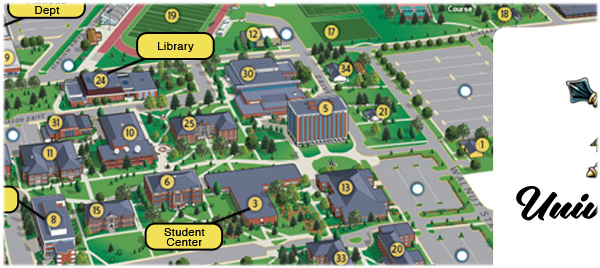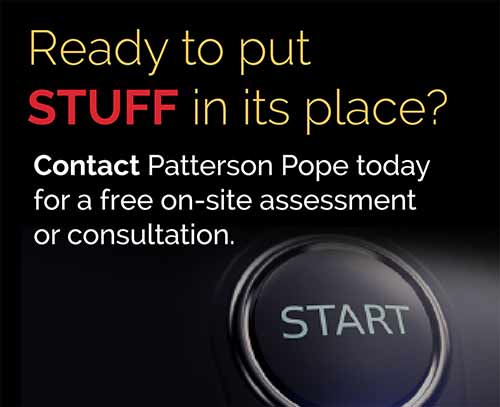I confess. I follow college football recruiting much more closely than I should. It’s not a good idea to tie my mood to the decisions of 17 or 18 year olds, but I can’t help it. You always want that blue chip prospect to choose your school. And when they don’t – you’re left disappointed, slowly realizing there is always a reason (or multiple reasons) why they chose to go somewhere else. But while athletic recruitment often captures the spotlight, it’s the recruitment of the general student population that fuels a university. There has been, and continues to be an ongoing effort by colleges and universities around the country to attract the best and brightest students to their campus. There are many ways they do this – from “green” facilities and special program offerings to social media campaigns, podcasts and blogs to campus tours and student amenities. Let’s take a closer look at those last two for a minute.
Campus Tours:
According to College and Research Libraries News, campus visits and student-led tours have been getting a make-over recently. Termed the “golden-walk” based on a tour’s influence on a student’s decisions to apply to a school, these tours have taken on greater importance. In fact, in a collegsstats.org article “50 Creative Ways Colleges Are Recruiting Students Today”, they suggest having unique campus tours: “Tour a campus by bike or boat, and you’ll get a whole new perspective and appreciation of what the school has to offer. At least, that’s what some colleges are hoping for as they introduce more unique campus tours to their potential students.” But even on more traditional visits, universities find themselves under a powerful microscope when potential students tour their campuses. And they form opinions about the quality of education they’ll receive based on the appearance of the facilities, equipment and furniture. As detailed in Christy Bishop’s new blog post, one university chose to replace its existing millwork (which was in poor condition) with modular casework, in an effort to put their best foot forward during campus tours. Not only did this switch improve the aesthetics of the facilities, but it also improved the overall efficiency of the tour process as well.
Student Amenities:
In this era of technology and electronic media, universities are looking at redesigning everything from classrooms and dorm rooms to student unions, bookstores and libraries. In discussing ways academic libraries are adapting for the future, a Fast Company article notes: “It has never been more vital for academic leaders to ensure libraries offer an appropriate balance of flexible and special-use spaces to spur dialogue and engagement. Along with responding to changes dictated by technological advances, libraries must also offer appropriate spaces for meetings, presentations and casual collaboration.” Our own Linda Skelton hits on the same idea, posting:
Universities are changing their attitudes when it comes to the main campus library. Often the oldest building on campus, the desire is for it to be the most used as well. And the truth is, students aren’t interested in hanging out around a bunch of books. What draws them in? Comfy seating, coffee shops, cafés, study rooms, outlets at every desk, chair and table.
Its amenities like these (Hey look, is that a Starbucks in the library?) that catch a potential student’s attention, but to make room for these perks means something needs to be done about the books. High-density compact shelving (typically on-site) and mobile high-bay shelving (typically off-site) are two of the best ways libraries can continue to house their collections while making space for other student needs.
While it is a very important decision, there is usually not a press conference when a Five-Star student chooses a college. Having a café in the library may not be the tipping point, but how a campus looks (from both outside and in) and what amenities it has to offer are two of the many ways to attract the best and the brightest.











